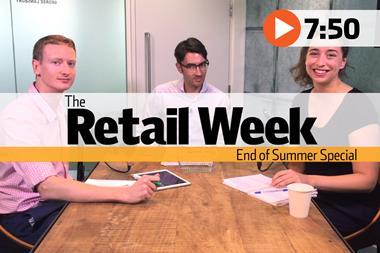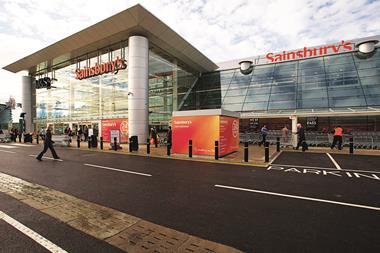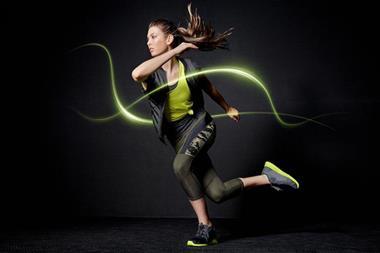Sainsbury’s is rolling out its Tu athleisure range to 170 stores as it ramps up efforts to build its presence in the growing category.
The expanded Tu athleisure range, which Sainsbury’s has doubled in size to 44 lines, will also be available on the clothing label’s dedicated website.
The initiaitve came as Sainsbury’s presses ahead with a strategy to grow its non-food business and make better use of retail space in its larger stores.
Sainsbury’s has agreed a £1.4bn deal to acquire Argos owner Home Retail Group, as boss Mike Coupe bids to compete with Amazon and John Lewis in non-food.
The grocer’s play for a share of the athleisure market – estimated by Morgan Stanley to be worth £194bn globally – comes after a host of retail rivals launched activewear and sport-inspired fashion lines.
Athleisure competition
Mountain Warehouse’s Zatki brand, Australian fascia Lorna Jane and Ivy Park – a joint venture between Sir Philip Green and Beyonce – are among the players competing for a slice of the growing market.
Department store Selfridges has opened a 37,000 sq ft dedicated area to sell fashion sportswear in its Oxford Street flagship, while River Island has unveiled its own 23-line range of “fashion-forward activewear”.
And Sainsbury’s big four rival Asda entered the fray in April. Its George clothing label penned a three-year deal with Umbro, under which the sportswear giant will produce exclusive ranges of leisurewear, footwear and accessories to be sold in Asda’s stores and online.
Sainsbury’s quietly launched its Tu athleisure proposition in May, but has now doubled its product offer as it bids to capitalise on the Rio 2016 Olympic Games, which kick-off on Friday. The grocer is poised to add more gymwear lines in September.
Sainsbury’s director of non-food James Brown said: “Men and women of all ages are embracing the concept of more casual dressing.
“We’ve designed our athleisure range to be stylish, comfortable and great quality and it’s a growing part of our clothing offer this year because we believe it’s exactly what our customers want to buy.
“Shopping for clothing in supermarkets has become firmly established, and our strategy of offering customers high street style at supermarket prices in an attractive, department store-style setting has helped us to increase our market share.”


























No comments yet